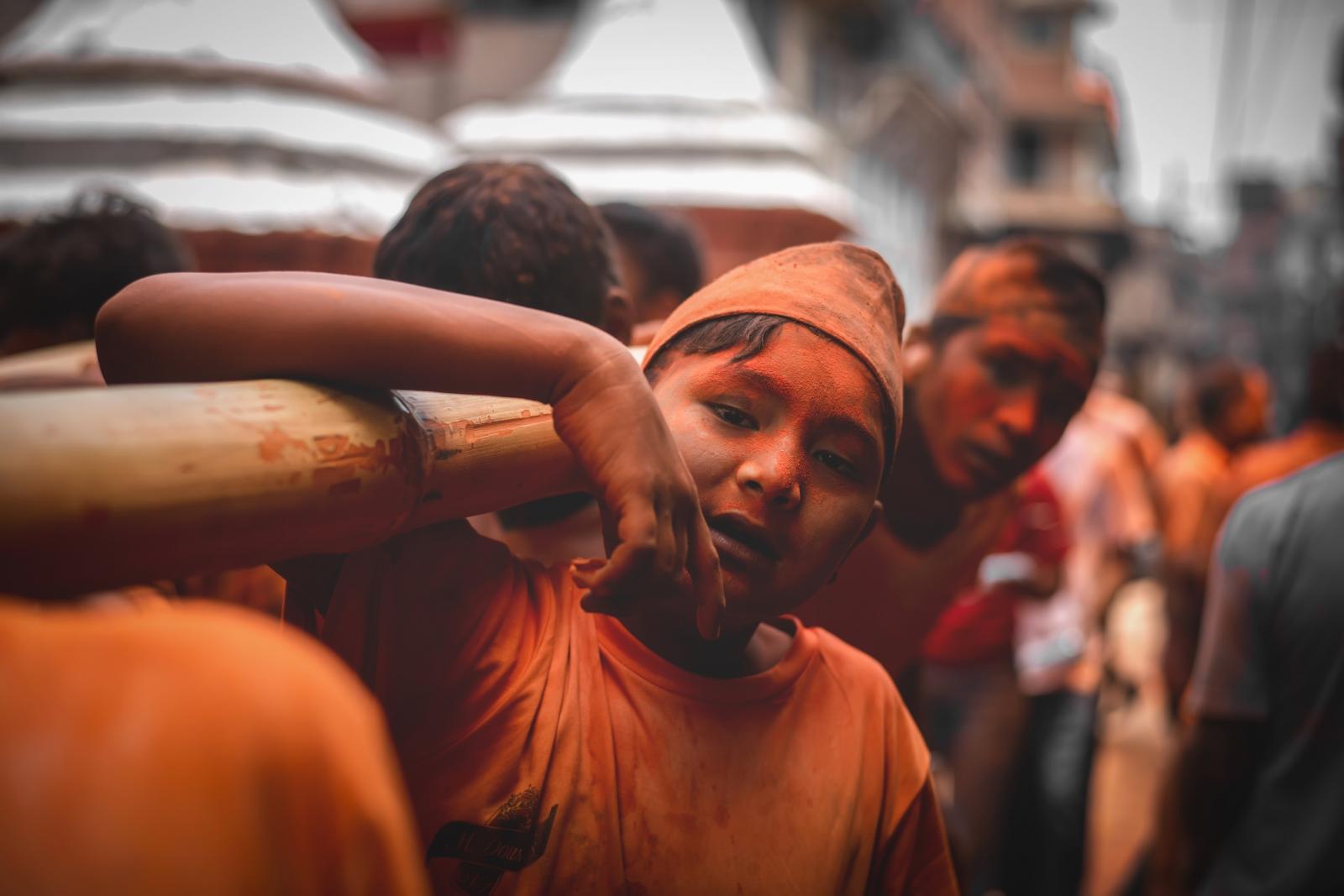Embracing Heritage: A Path to Smart Family
There's a haven in a fast-paced world where tradition and connection link families together, allowing past echoes to connect with the present. Through a trip through time, Anil Chitrakar's wisdom shares the enduring beauty of tradition, the strength of sh
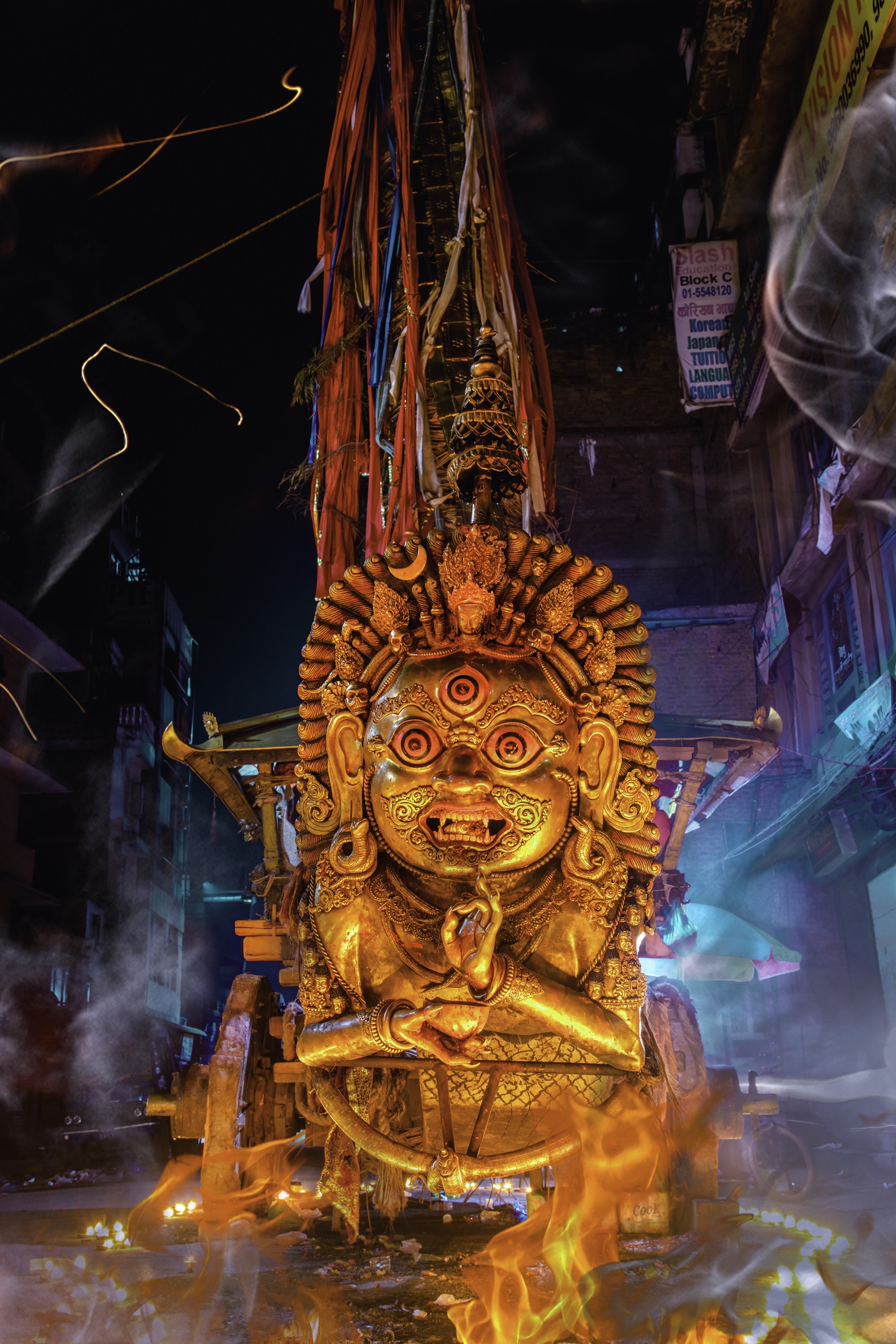
In the collages of human existence, heritage is the thread that weaves together our past, present, and future. But in a world where globalization blurs cultural lines, heritage stands as a beacon of identity and connection. As a family lifestyle magazine, we recognize the pivotal role that heritage plays in shaping not only our identities but also the bonds that unite us as families. It is in the stories we share, the rituals we observe, and the lessons we impart that our heritage truly comes alive. By actively engaging with our heritage, we not only preserve our cultural legacy but also instill in our children a sense of pride, curiosity, and connection to their roots.
So, Dear readers, we implore you to take the initiative today. Open the door to conversation, and you'll find that behind it lies a world of wonder waiting to be explored. An initiation that begins with a simple conversation into the rich tapestry of our heritage, sharing tales of triumph and adversity, of love and loss. In doing so, we not only honor the generations that came before us but embrace your heritage, cherish it, and pass it on to the next generation with pride. we promise you; that the journey will be nothing short of extraordinary.
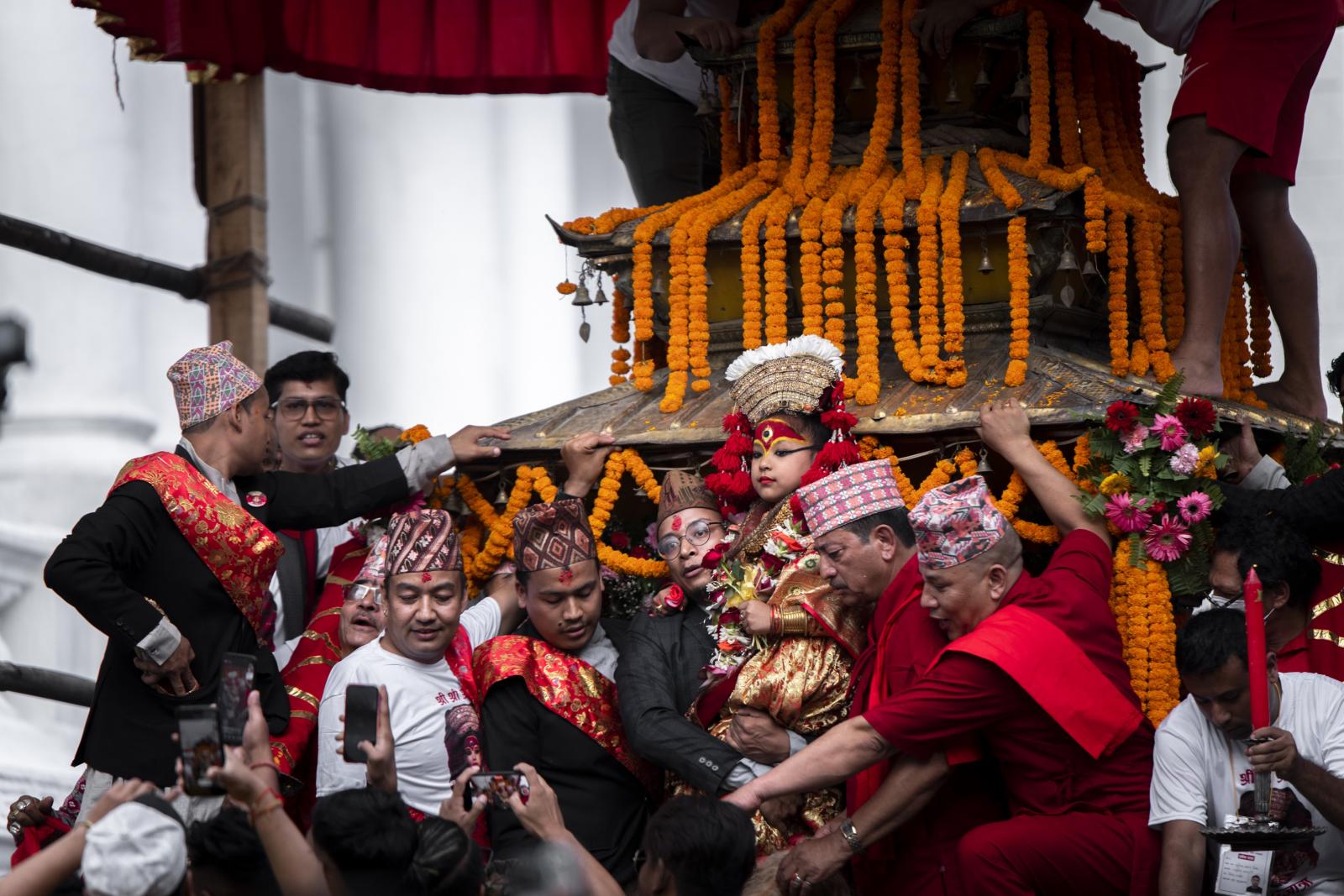
1. What does "heritage" include? Does it go beyond buildings to cover traditions and practices? Why does this matter?
Heritage is more than merely historic structures and monuments. It also involves the mythological lessons and traditions that have been passed down over the ages. For instance, the Buddha taught teachings about compassion and kindness that are more difficult to observe intangible, like these, even if his existence is attested to by sculptures and pillars in Lumbini, the site of his birth. Likewise, in locations such as Mangal Bazar/Patan Durbar Square that combine natural resources with temples, the significance lies not only in the structures themselves but also in the ideas and lessons they embody, such as those contained in the Bhagavad Gita and Mahabharat. Therefore, our visits to these locations are more than just tourism; they are also opportunities for education and the transmission of moral principles to the following generation.
2. How has the younger generation's awareness of Nepal's heritage evolved over the years, and what are some challenges they face in understanding its significance?
The popularity of Indra Jatra celebrations has significantly increased, especially among youth and valley residents. This shift might be explained by the blending of traditional and contemporary concepts, such as the Kumari tradition of young girls guarded by their divinity. Additionally, the festival has begun to rationally explain customs, relating them to well-known civilizations and assisting guests in comprehending and appreciating the event's goal. Talking to Chinese guests about cultural commonalities, for instance, might stimulate their curiosity. The event aims to meet people where they are and make information meaningful to them, not merely to showcase expertise. To demonstrate pride in our uniqueness, we may take international guests to a traditional Newari restaurant rather than a usual pizza place.
Regarding education, the Machhindanath Jatra is an example of a parade that not only teaches leadership and community but also teaches valuable lessons about leadership and cooperation. It is essential to find ways to explain things so they make sense to everyone, hence could be a practical way of learning.
3. What specific initiatives or educational programs can be implemented to educate the youth about Nepal's rich heritage and its importance for future generations?
With the support of the ministry, government guides are becoming increasingly knowledgeable, and initiatives like the introduction of QR codes at Hanuman Dhoka, along with a historic password, are making heritage sites more accessible. Additionally, resources like coffee-table books provide further insight. Whether it's exploring the Patan Museum or the Kathmandu Museum, there's a growing interest, with around 3000–4000 participants engaging in such heritage experiences. However, simply having these resources isn't enough; someone needs to spark the conversation and initiate the learning process.
There's a distinction between merely learning about historical events like Kot Parva/ Kot massacre in course books and truly experiencing places like Hanuman Dhoka firsthand. It's akin to balancing hobbies with responsibilities. Effective learning often occurs when learning and real-world experiences are combined. For instance, enjoying coffee at Hanuman Dhoka becomes more meaningful when you understand its historical significance. Every cultural event experienced by the younger generation becomes a channel for heritage. Falling behind in appreciating this heritage can lead to significant loss. Families must recognize the importance of passing down their cultural legacy to future generations.
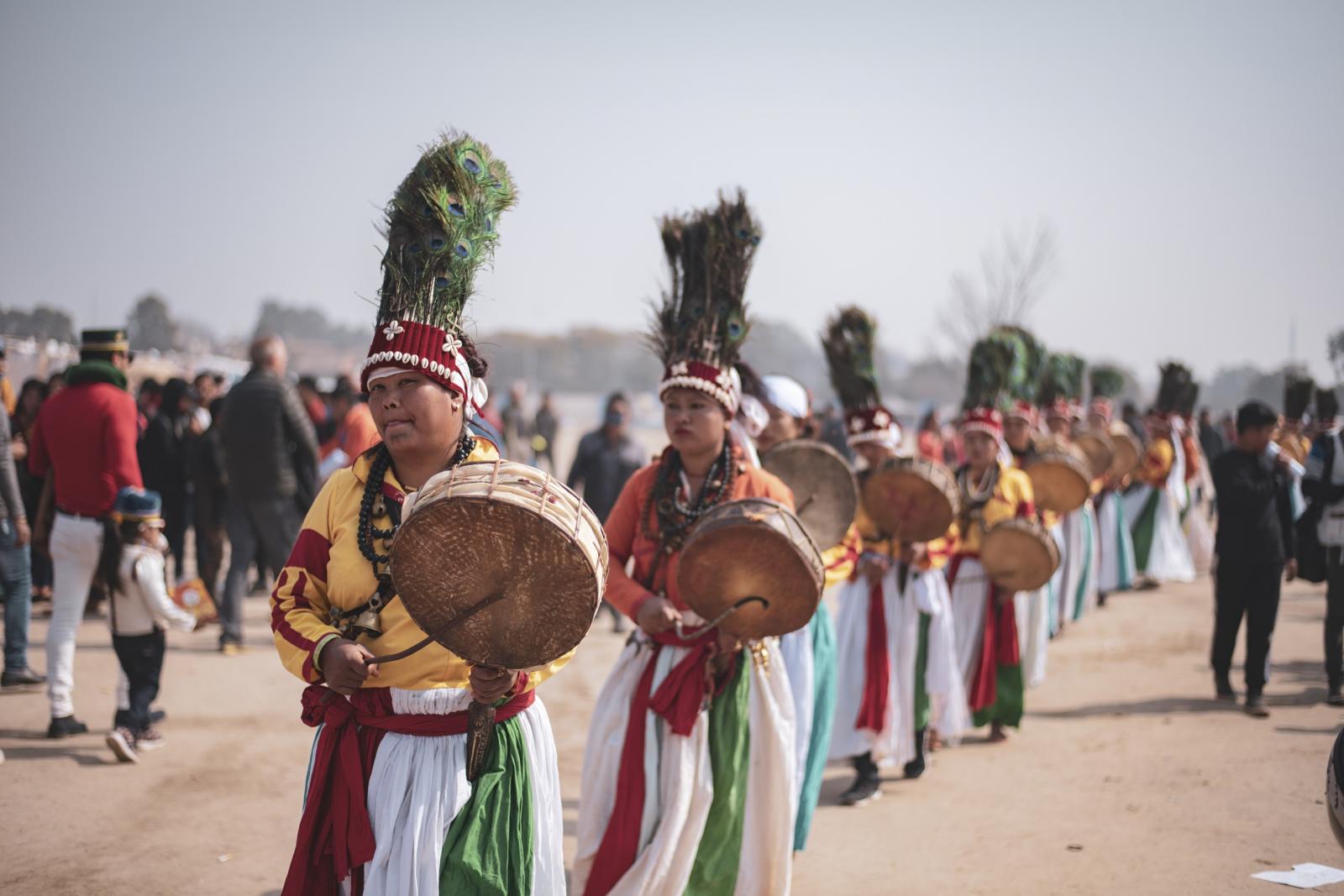
4. What role does storytelling play in transmitting cultural heritage to younger generations, and how can families incorporate these traditions into their daily lives?
Storytelling serves as the gateway to engaging conversations about heritage, transforming mere objects into vibrant pieces of cultural significance. Take, for instance, the Astamatrika (Eight Mother goddess) paintings in Patan Dhoka. Drawing parallels to the dedication of Moroccan football players who brought their mothers to watch games, understanding the presence of the eight maternal figures in Patan becomes relatable. It's through storytelling that the connection between seemingly unrelated events and cultural artifacts is forged, capturing attention and fostering realization.
Similarly, a visit to Ganeshsthan in Patan reveals symbols like the Star of David and the swastika, prompting questions about the city's religious diversity. Rather than fixating on percentages or labels, it's the stories behind these symbols that spark meaningful discussions and bridge cultural divides.
Even everyday practices, like wrapping bodies in shrouds at Pashupati, offer opportunities for storytelling. Explaining the symbolism behind such rituals, like the idea that money is of no use after death, prompts reflection on the universal truths of mortality and legacy. These conversations, whether inspired by historical figures like Alexander or cultural practices, ripple through social circles and digital platforms, enriching the collective understanding of heritage.
In essence, storytelling is not just content, it's the conduit through which heritage comes alive, connecting past to present and fostering a deeper appreciation for our shared human experience. Whether it's the tale of a renowned scholar like Satya Mohan Joshi or the rituals at sacred sites, we are all part of the ever-evolving narrative of humanity.

5. Are there any success stories or examples of innovative approaches to heritage education that have effectively engaged young people in Nepal?
Food, events, and fashion are becoming vibrant expressions of cultural pride and identity, marking a remarkable shift toward the success of heritage. Take, for instance, the growing popularity of ethnic cuisines like Thakali Khana and Newari Khaja Ghar. Once considered inferior, dishes like dhido are now drawing crowds and filling tables, a testament to the evolving tastes and acceptance of traditional fare.
Similarly, traditional celebrations like Jho Bhoye (a traditional Newari feast), rooted in Newari customs, are gaining favor over conventional party venues. This resurgence reflects a deeper connection to cultural roots and a desire to celebrate traditions with authenticity and meaning. Even in fashion, there's a noticeable shift away from imitation Bollywood or serial trends towards embracing ethnic jewelry and attire. Whether it's Loshar or any festival, people are proudly donning their cultural garb, signaling a resurgence in heritage appreciation.
From culinary delights to musical instruments, the upward trend in preference for traditional elements speaks volumes about the growing sense of identity and uniqueness associated with heritage. It's this pride in one's roots that makes every aspect of heritage special and worth celebrating.
6. How can schools and educational institutions incorporate heritage education into their curriculum to ensure that students learn about and appreciate Nepal's cultural heritage from a young age?
The celebration of events like Parents' Day in schools serves as an entry point for children to connect with their cultural heritage. From performing traditional dances representing various ethnic groups to more immersive experiences like visits to historical sites such as Mithila, Chitwan, or Lumbini, these activities leave a lasting impression on young minds. As educational institutions expand their offerings to include courses in traditional crafts, such as the Bachelor's in Art and Craft offered by Kathmandu University, the trajectory of cultural appreciation continues to ascend. What may begin with a simple dance performance in elementary school can evolve into a deeper understanding and pursuit of heritage-related fields, like becoming a curator in a museum.
The journey towards cultural appreciation and investment in heritage begins with small steps, like dancing in a cultural performance during childhood. It's important to recognize and credit these early experiences as foundational to fostering a society that truly values and cherishes its cultural heritage.
7. What are some practical tips for parents to instill a sense of pride and responsibility in their children towards preserving Nepal's heritage?
Heritage isn't just about grand monuments or far-off trips—it starts at home, in the simple artifacts we find in our puja rooms. Coins from eras past tell stories of our history, connecting us to our roots. By exploring resources like books on Nepali money and embarking on educational journeys, families can deepen their understanding of heritage. Instead of material gifts, investing in experiences like visits to historical sites fosters a sense of cultural identity. Conversations about family history, sparked by artifacts like khukuri or wartime memorabilia, strengthen bonds and instill pride in heritage. It's through these simple yet profound moments that we preserve and celebrate our collective legacy for future generations.
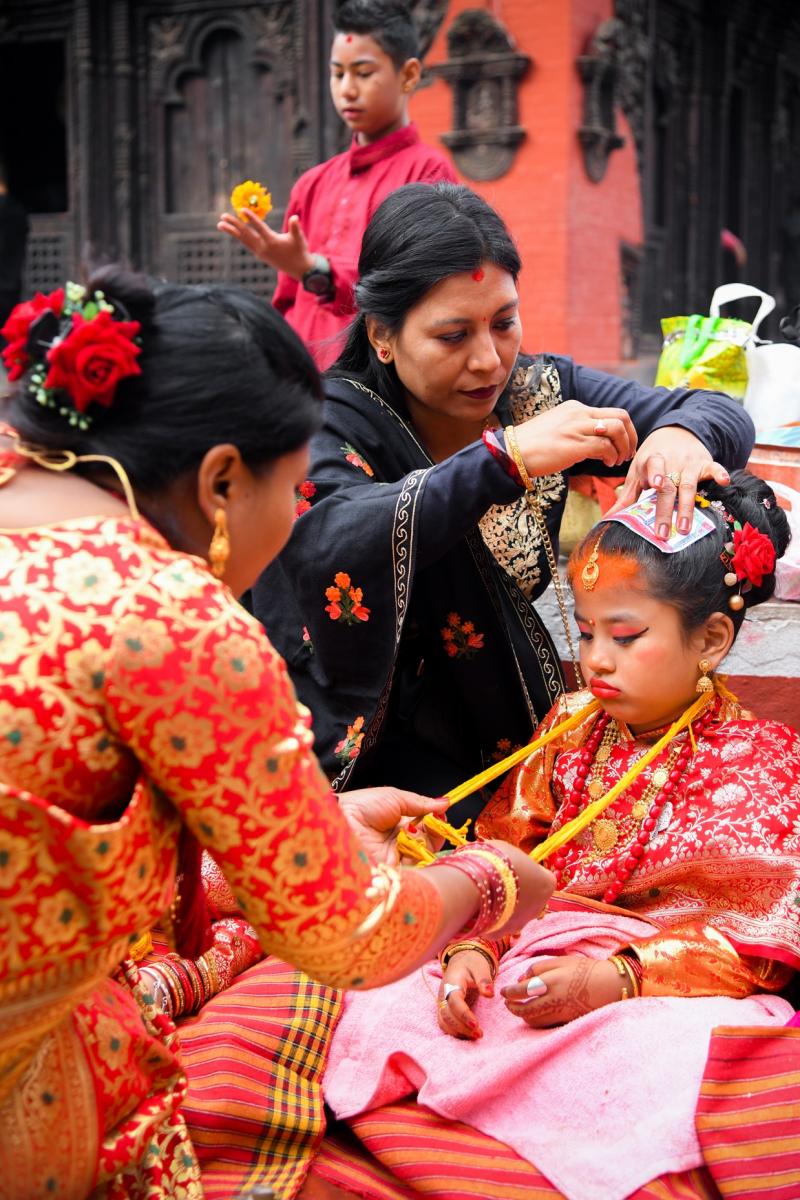
8. Ultimately, what legacy do we hope to leave for the next generation by prioritizing the preservation and promotion of Nepal's diverse cultural heritage, with a strong emphasis on family involvement and intergenerational transmission, in alignment with the vision of building smart families for the future?
One major issue in our society is the constant comparison with other countries, which undermines the unique aspects of Nepal. Instead of appreciating our heritage, we often focus on what other countries have, such as tall buildings or advanced infrastructure. We need to celebrate Nepal for what it is, recognizing that there's no other place like it, as evidenced by sites like Patan Durbar Square being designated as world heritage sites, and many more.
Another challenge arises from the misconception that embracing heritage and pursuing global opportunities are mutually exclusive. For me, studying abroad and continuing my tradition at home are not conflicting choices. It's not an "either-or" scenario; I can have both passions and contribute to both my academic pursuits and my cultural heritage.
The spread of Momo, a Nepali delicacy, worldwide showcases the potential for our culture to transcend borders. Similarly, tangible aspects of our heritage, like the Anti ( A traditional Newari vessel for storing and serving alcohol ) used in festivals, are gaining popularity internationally. Instead of hoarding our traditions, we should take pride in sharing them with the world. For example, spreading the tradition of Kumari, where young girls are revered as divine, could have a positive impact on child protection issues in other countries.
Ultimately, by embracing and promoting our cultural heritage globally, we can not only preserve our traditions but also contribute to positive change and appreciation for diversity worldwide.
Intro: Anil Chitrakar, a multi-cultural individual, grew up in a traditional artist family, combining colors and art. His grandparents believed in education and art alone, leading him to pursue a good education in Nepal, India, and America. This has resulted in a balance between heritage conservation and modern development work. He believes he is not doing a lot of things, but is able to do both, demonstrating his ability to balance both aspects of his identity.
Message: In a world where local heritage and culture are increasingly valued as precious treasures, those who don't actively participate risk being left behind. The beauty of our traditions lies in their authenticity and richness, and by embracing them wholeheartedly, we not only enrich our own lives but also ensure that our families thrive in the ever-changing landscape of the world.
So, my message is clear: don't wait to be left out; start engaging now. The more you immerse yourself in your cultural heritage, the more benefits you'll reap for yourself and your loved ones. Let's make our families smart families, deeply rooted in our heritage, and poised to embrace the future with confidence and pride.
